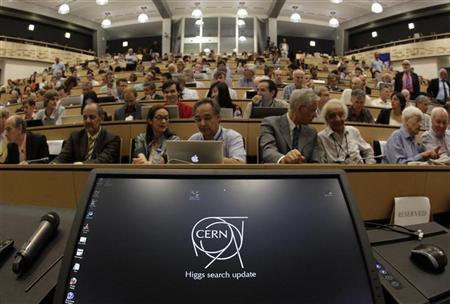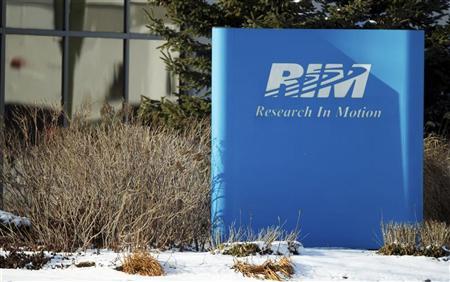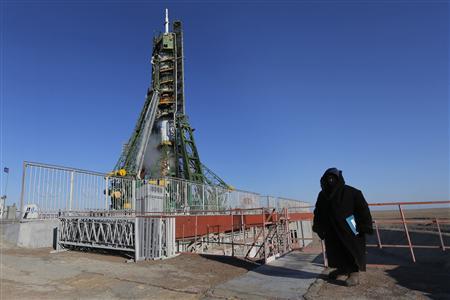 Scientists at Europe’s CERN research center said on Wednesday they may be able to definitively announce at a conference next March that they had discovered the elusive Higgs boson.
Scientists at Europe’s CERN research center said on Wednesday they may be able to definitively announce at a conference next March that they had discovered the elusive Higgs boson.
But they dismissed suggestions circulating widely on blogs and even in some science journals that instead of just one type of the elementary particle they might have found a pair.
CERN researchers said in July they had found what appeared to be the particle that gives mass to matter, as imagined and named half a century ago by theoretical physicist Peter Higgs. But they stopped short of saying for sure it was the Higgs boson, pending further research.
“The latest data we have on this thing we have been watching for the past few months show that it is not simply ‘like a Higgs’ but is very like a Higgs,” said Oliver Buechmuller of the CMS team at CERN’s Large Hadron Collider.
“The way things are going, by the Moriond meeting we may be able to stop calling it Higgs-like and finally say it is the Higgs,” he told Reuters, referring to the annual gathering which will take place at the Italian Alpine resort of La Thuile, 120 kilometers (75 miles) from CERN, on March 2-9.
Suggestions that there may be two Higgs, a particle that made formation of the universe possible after the Big Bang 13.7 billion years ago, emerged after a progress report by CERN scientists last week. Its definitive discovery that would almost certainly win a Nobel Prize.
Commentators, including one in the journal Scientific American, said differing measurements – so far unexplained – of the new boson’s mass that were recorded by ATLAS – a parallel but separate research team to CMS at CERN, indicated there might be twin particles.
“That is quite an exaggeration,” said Pauline Gagnon, a scientist with ATLAS. “The facts are so much simpler: we measure one quantity in two different ways and obtain two slightly different answers.
“However, when we combine all the information, we clearly get only one value. Since we have checked all other possibilities, it really looks like a statistical fluctuation. Such things happen.”
Buechmueller, whose CMS team found no such variation in their measurements, said he agreed there was no special relevance in the ATLAS discrepancy. “It will probably disappear when more data is in and analyzed,” he added.
The $10-billion Large Hadron Collider, a 27-km (17-mile) circular construct deep under the Franco-Swiss border, will shut down for some two years in February to allow a doubling of its power and its capacity to probe cosmic mysteries.
Source : Reuters




































